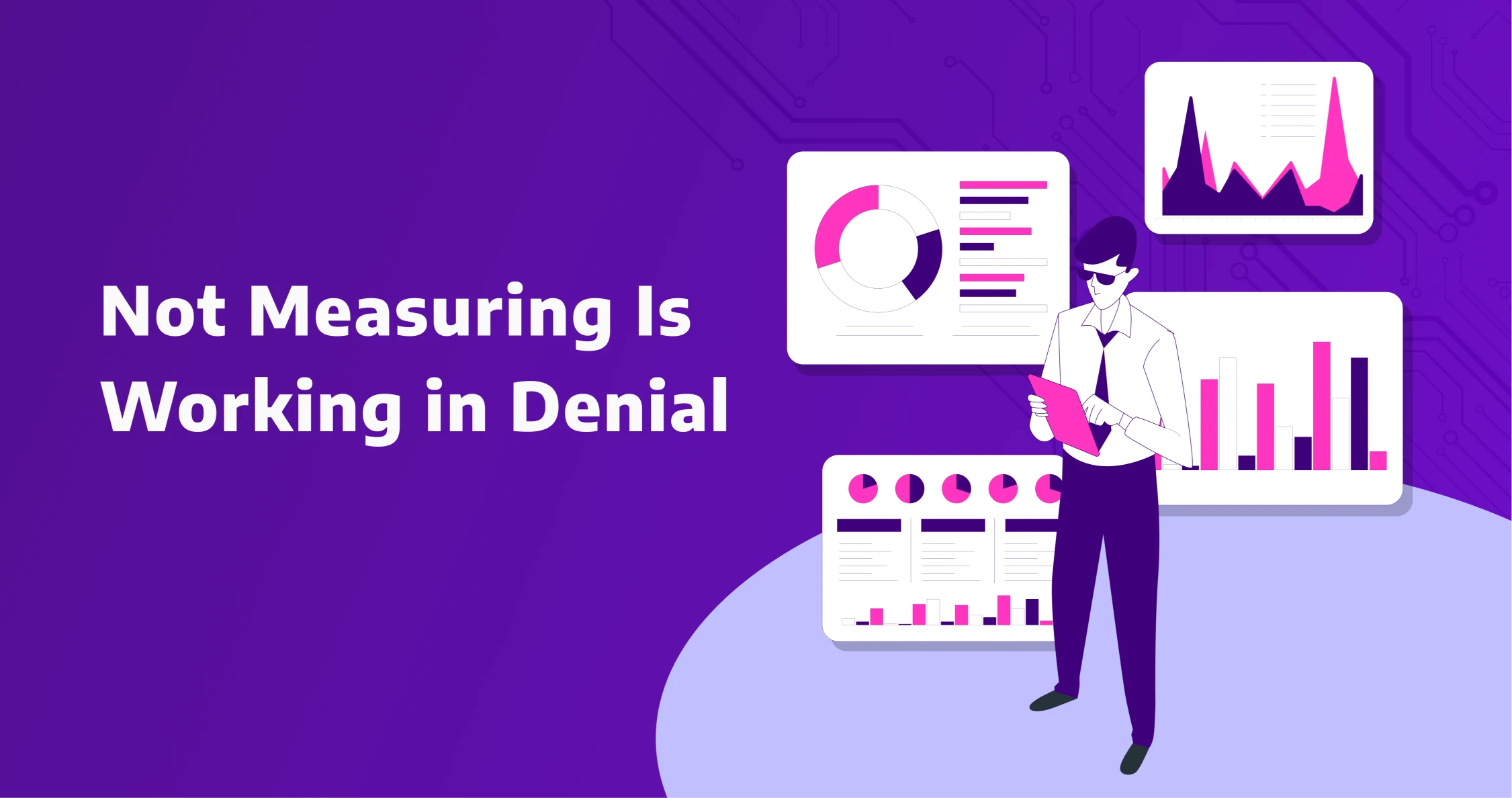We have all been there. We put a lot of effort, time, and resources into different initiatives, believing they’re making a significant impact. But what if those efforts aren’t delivering the results we expect?
If you’re not measuring key business metrics, such as customer satisfaction, sales performance, or operational efficiency, it’s easy to assume that things are going great, without having concrete evidence to back it up. But here’s the reality:
Without proper measurement, you could be overlooking opportunities or even pouring resources into areas that aren’t working as well as you thought. It’s not about feeling discouraged; it’s about learning and adapting for better outcomes.
The truth is, when you measure, you get to see the whole picture. Sometimes it’s tough to face the reality of where things might be falling short, but it also means you have the power to make changes. More importantly, you can uncover areas of your business that are thriving but haven’t been fully leveraged.
Key practical tips to start measuring effectively
Establish Measurement and Analysis Ownership
It’s crucial to establish who will be responsible for tracking, analyzing, and reporting key metrics. This responsibility should fall to someone with a strong understanding of both technical aspects and business goals. Clear ownership ensures consistent measurement and reliable insights that will drive better decision-making.
Set Up Reliable Tracking Tools
Tools like CRM systems or business analytics platforms can provide valuable insights into customer behavior, sales trends, and areas for improvement. Depending on your business, you might need more specialized tracking capabilities to capture detailed insights. For example, use customer feedback tools or Net Promoter Score (NPS) surveys to track customer loyalty, or implement project management software to monitor team productivity.
Analyze the Data Objectively
Once you have the data, it’s time to analyze it with a clear and unbiased approach. Ensure that your reports are as objective as possible, avoiding subjective arguments or assumptions. Look at what the data shows—what’s working, what isn’t, and where there are opportunities to improve. Objective analysis is key to making decisions that promote continuous improvement.
Propose, implement, and monitor improvements
Measurement without action is just observation; measurement with action is growth. Measuring true power lies in leading to actionable insights. The data you collect is a compass, pointing towards opportunities that directly enhance your results. Your analysis should fuel a clear mandate: to propose, implement, and rigorously monitor improvements that deliver exceptional value to customers, all while steering the business toward its strategic objectives.
This proactive approach to data-driven decision making is precisely why measuring matters. It’s not just about looking at numbers; it’s about understanding the “why” behind them. Why are costs escalating in one area? Why is customer engagement dipping? Why are specific processes inefficient? By uncovering these underlying reasons through analysis, you gain the insights needed to design and implement targeted improvements. This ensures every optimization effort isn’t just a shot in the dark, but a deliberate step towards maximizing efficiency, enriching customer experience, and ultimately, securing the business’s success and growth.
The best time to start measuring is now
When you have data, you know exactly what needs adjustment, what should be stopped, and where to invest more energy. This clears the path toward making informed decisions that move your business forward.
Remember, data-driven decisions are the foundation of efficient leadership. Yes, sometimes the numbers might not be what you hoped for, but don’t avoid them. Embrace them as the tools that help you grow and improve.
Credits
Writer: Benildo Rodríguez.
Reviewers: Luis Vinay, Peyton Craig.
Disclaimer
In this article, AI was used to check grammar and syntax.
